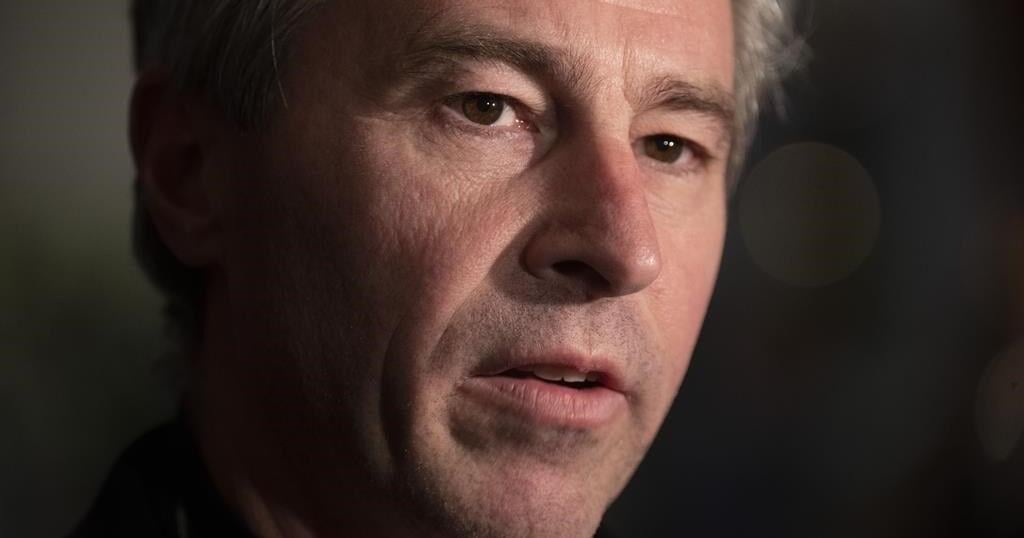HALIFAX – Nova Scotia’s health authority says the wait-list for family care has dipped by about 15,000 people in four months — a drop the premier credits to programs aimed at reducing the doctor shortage.
The figures for Oct. 4 indicate there were 145,114 people on the registry, compared to 160,234 when figures were last publicly released on June 1.
However, the numbers are still far higher than the summer of 2022 — after the Progressive Conservatives took office — when there were slightly more than 100,000 people seeking to be attached to a doctor or other family care practitioner.
Premier Tim Houston told reporters Thursday that programs introduced by his government to attract and retain doctors have helped stabilize the number of people without access to primary care. It is a positive sign, he added, that 11,501 people found a family care practitioner in September, the biggest number since the registry was created.
Nova Scotia Health had stopped publishing the monthly update for four months as it made calls to people on the list to verify if they were still looking for a doctor. As a result of its research, about 7,800 people were removed from the list, the authority said.
Karen Oldfield, chief executive of Nova Scotia Health, said in a news release the organization is “cautiously optimistic” the downward trend will continue in the number of people waiting for doctors. She credited the drop to ongoing recruitment efforts, including the creation of an assessment centre to help certify foreign-trained doctors more quickly.
Houston noted that 10 new doctors are expected to start later this fall, which will further reduce the numbers on the wait-list.
“It took a while to stabilize the system, and it’s now improving,” the premier said.
However, both opposition parties said the new figures were hardly anything to celebrate, given the fact the absolute number of people looking for a doctor has grown since the Tories took office in 2021.
Liberal Leader Zach Churchill said, “The numbers are bad. We’ve got twice as many people that need a family doctor as when Tim Houston started (governing).”
“If the best they can come up with is 145,000 people who still need a family doctor, this is a worsening crisis in our health-care system and the premier needs to be more focused on dealing with this,” Churchill said.
NDP Leader Claudia Chender said she’s taking the figures with “a grain of salt” because she doesn’t have a clear picture of the methodology being used to take people off the list.
The overall wait-list number, she said, is still an “indictment of a government that was elected to fix health care.”
This report by The Canadian Press was first published Oct. 17, 2024.
